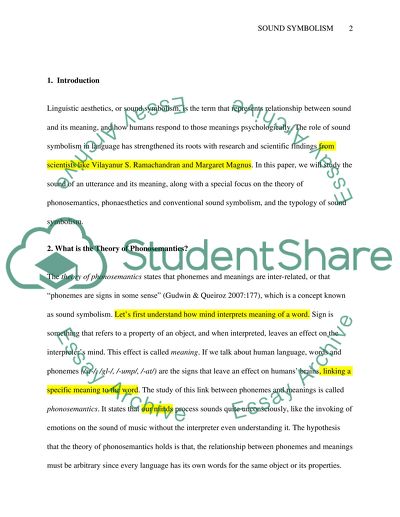Cite this document
(“The Sound of an Utterance and Its Meaning Essay”, n.d.)
The Sound of an Utterance and Its Meaning Essay. Retrieved from https://studentshare.org/english/1443318-the-sound-of-an-utterance-and-its-meaning
The Sound of an Utterance and Its Meaning Essay. Retrieved from https://studentshare.org/english/1443318-the-sound-of-an-utterance-and-its-meaning
(The Sound of an Utterance and Its Meaning Essay)
The Sound of an Utterance and Its Meaning Essay. https://studentshare.org/english/1443318-the-sound-of-an-utterance-and-its-meaning.
The Sound of an Utterance and Its Meaning Essay. https://studentshare.org/english/1443318-the-sound-of-an-utterance-and-its-meaning.
“The Sound of an Utterance and Its Meaning Essay”, n.d. https://studentshare.org/english/1443318-the-sound-of-an-utterance-and-its-meaning.


